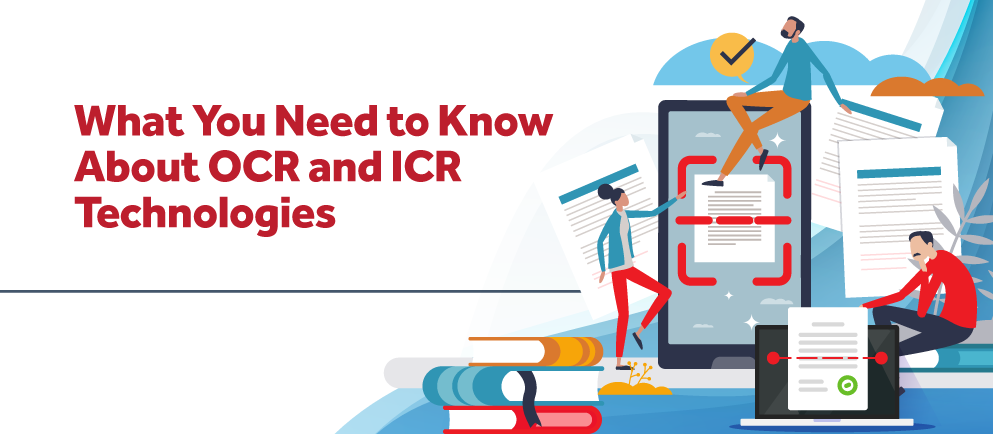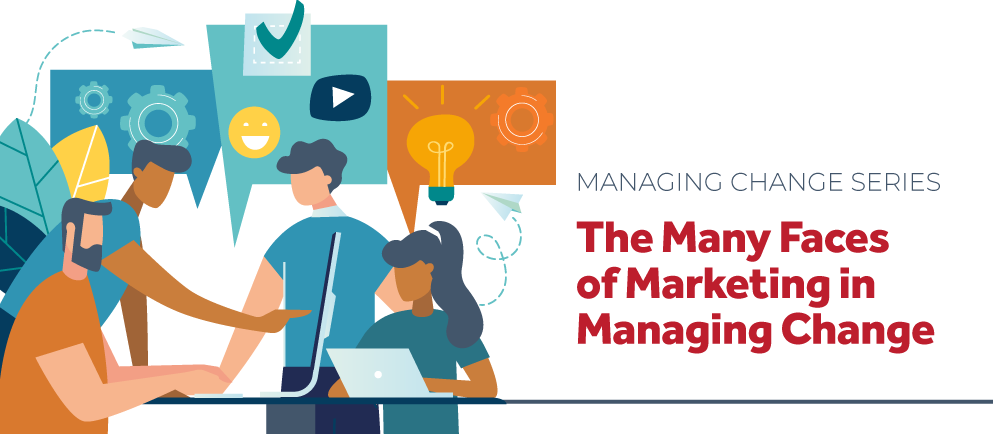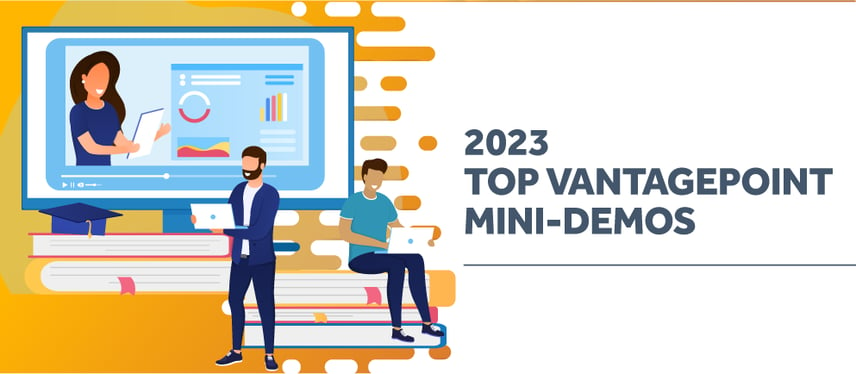Key Takeaways from Deltek ProjectCon 2024

Deltek ProjectCon 2024 united innovators, leaders, and tech enthusiasts to explore the future of project-based solutions. Our crew was fully engaged in the discussions and demos, discovering Deltek’s latest advancements and their practical applications. Whether you missed the event or just want a recap, here are the highlights that caught our attention.
AR Forecast Collections Dashboard
For finance professionals, staying ahead of cash flow is key. Jenny Labranche, Senior Finance Consultant, shared her enthusiasm for Deltek’s new AR Forecast Collections Dashboard:
![]()
Deltek has put together a forecast tool to track your cash coming in because we all know that cash is king in any business.
Expected in the 7.2 or 2025.1 release, this tool promises to streamline cash forecasting and collections, giving firms better control over their financial health.
Clarity Meets Vantagepoint Dashboards
Joel Slater, Client Solutions Manager, was interested in the integration of Deltek Clarity A&E Study benchmarks directly into Vantagepoint dashboards:
![]()
Clients can compare their own specific data and results against the greater industry through the Deltek Clarity study.
This feature provides businesses with actionable insights, making it easier to align their performance with industry standards.
Simplifying Billing and Contract Management
Ease of use remains a top priority for Deltek, as highlighted by Lisa Ahearn, Senior Consultant, who had two exciting updates to share.
![]()
I learned that they are planning on putting billing terms in a list view, which is awesome for all of our billers. Deltek is also bringing document management to contract management so we can finally attach our contracts to our line items for our contract management.
These enhancements are designed to streamline critical workflows, making it easier for firms to manage billing terms efficiently and improve the organization of contracts.
Flexibility and Adaptability: The Future of Deltek
Sarah Gonnella, VP of Marketing and Sales, praised Deltek’s commitment to adaptability:
![]()
Deltek is really focused on flexibility, adapting to how people work, and providing relevant content through AI. Their roadmap through 2026 is full of innovative developments.
The spotlight on tools like Deltek Dela™ and Harmony™ reflects their intent to enhance user experience by integrating platforms like Microsoft Teams and offering personalized, data-driven insights.
Solving Business Challenges with AI Innovations
Jake Lucas, our AI Developer, highlighted the growing potential of artificial intelligence in addressing unique business needs:
![]()
A big aha moment has been having conversations with different people and getting a renewed perspective on how AI can solve certain business needs. It’s been fascinating to see the scope of what people are thinking about when it comes to using AI to run their business better.
He emphasized how AI tools like Deltek Dela are meeting immediate challenges while leaving room for future enhancements.
AI and Data Synchronization: Enhancing Business Intelligence and Building Trust
Jake Lucas also presented his session on the transformative role of AI in data processing and real-time synchronization. He noted that as businesses increasingly adopt AI to optimize workflows, real-time insights become essential for tracking performance, forecasting cash flow, and monitoring project progress.
Real-time data synchronization, as demonstrated by our BlackBox Connector integrations, can deliver down-to-the-minute updates that help organizations optimize resource management and make faster decisions. Having immediate access to data enables businesses to react quickly to shifts in project dynamics or staffing needs, driving efficiency and adaptability.
Jake also emphasized the importance of trust and transparency in AI-driven insights, addressing a critical concern for organizations adopting these advanced tools:
![]()
A big takeaway was seeing how AI is improving but still needs that critical element of trust from the users. It’s essential to understand the data and processes AI is using to ensure its accuracy.
With AI playing a growing role in complex data processing, ensuring transparency in how insights are generated is vital. Businesses must be able to trace the sources and methodologies behind AI-driven conclusions, fostering confidence and trust in decisions shaped by this technology.
Optimizing Vantagepoint Investments with Terri Agnew
Terri Agnew, Principal Consultant, led a session as well where she explored how a Navigational Analysis can help maximize Deltek Vantagepoint's capabilities to improve performance.
![]()
A navigational analysis is like dumping out a puzzle on the table. The process is about putting that puzzle back together—understanding your system, identifying pain points, and finding solutions to streamline processes.
She showcased strategies to leverage Vantagepoint’s data to drive more informed decision-making. Her practical insights demonstrated how to close the gap between data analysis and actionable outcomes, leaving attendees equipped with tools to immediately optimize their processes.
Keeping Up with Deltek
Deltek ProjectCon is a unique opportunity to connect with industry leaders, innovators, and technology enthusiasts who share a passion for enhancing project-based solutions and we had a great time interacting with everyone who attended! The insights and tools showcased this year—from AI advancements to streamlined workflows—highlight the tremendous potential for businesses to optimize their processes and achieve greater success. Whether you attended or simply followed along with our highlights, the value of being part of this forward-thinking community is undeniable.
If you want to stay up to date on all things Deltek, visit our webinars page to see what’s on the horizon. We’d love for you to join us as we continue exploring the latest innovations and solutions for project-based firms!
























